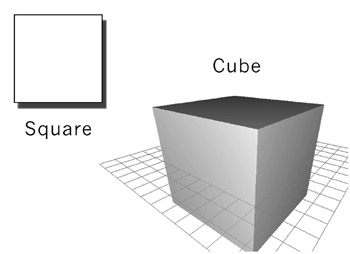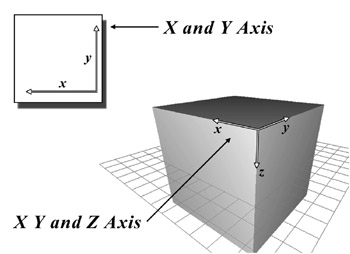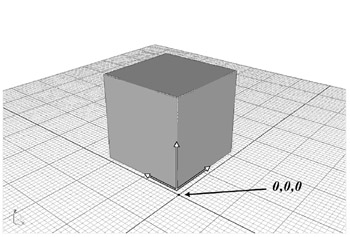Sights
When we talk about sights, we are obviously talking about what you see on the screen during gameplay. In any major production, from a Web site to a game, the layout of the screens and the graphic images that are used to make them are very important. In a large development team, they are usually worked on by a number of people, including a designer, a producer, an art director, and others. In a one- or two-person development effort, you will need to wear several hats and try to perform the actions of all of them. 2D art assets need to look good but also fit in with the audience, technology, and atmosphere for which you are designing. We’ll talk about this again later when we look at marketing a game.
The creation of the assets that will be used in the making of the interface elements will require the use of many software tools and techniques. The assets are often sketched on paper or mocked up on the computer before they are created. Some of the tools used are 2D paint programs that work only with flat images, 3D programs that allow you to build and render objects that realistically re-create a 3D environment or object, and even digital photographs and scans. In order to create the images, you will need to have an understanding of the concepts of the images and a grasp on the tools you will be using.
2D art assets include, but are not limited to, the following:
Menu screens: Look at the toolbar in your word processor, browser, or even your favorite game, and you will see art that was created by an artist.
Credit screens: These screens often contain art such as logos, images, and even fonts or special letters from the product, people, and company they represent.
Logos for companies, products, and services: Logos can be simple letters, 2D masterpieces, or fully rendered 3D scenes. Look around on the Net and you will see logos that range from clipart to actual pieces of art.
User interfaces: These are broken down into background images, buttons, cursors, and other art objects a user must click on or interact with.
In-game assets: In the game, the sights are the textures on the walls, the floors, and the characters. Even the 3D models and objects have 2D art applied to them.
The original computers did not display graphics. Instead, they were limited to letters and numbers. Surprisingly, games were still made on these primitive machines. As soon as the original graphics cards (which are used to display graphics on the monitor screen) were made, the games started their move toward the amazing graphics we see today. It can be argued that games have pushed the development of the computer as the gamers demanded (and were willing to pay for) faster chips, better video cards, and better sound. But even as the technology advanced, it was common for the artist on any given project to be primarily a programmer. This was because it was still demanding to get decent art into a computer format, and an understanding of technology was necessary to do so. Today, we can almost ignore the technology we are working with.
Let’s look at the core technology a computer artist deals with every day. In computer graphics today, there are two basic types of art: 2D and 3D. 2D, or two-dimensional, art is a flat image with no depth. 3D art, on the other hand, shows depth, as illustrated in Figure 3.1.

Figure 3.1 A square is 2D, while a cube is 3D.
The three dimensions are described in the Cartesian Coordinate System in x, y, and z coordinates. This may be one of the most surprising aspects of game development—you can actually use some of the math-related things you learned in school! In fact, algebra, geometry, and physics all play a role in game making. The Cartesian Coordinate System, at its simplest, is x being a horizontal line (or axis), y being a vertical line, and z being the distance backward and forward (see Figures 3.2, 3.3, and 3.4).

Figure 3.2 The Cartesian Coordinate System. The x-axis, y-axis, and z-axis.

Figure 3.3 A cube and the x,y,z value of its location in space.

Figure 3.4 Another cube in a different x,y,z position.
EAN: 2147483647
Pages: 168